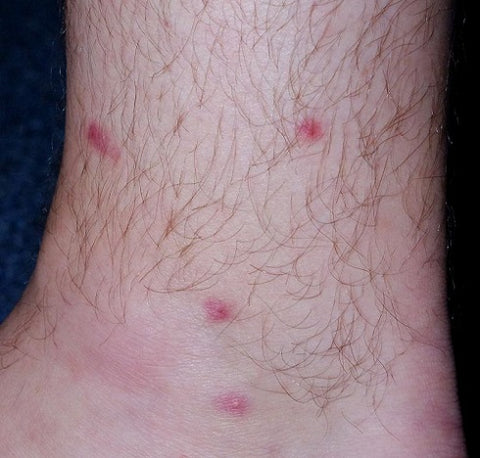
Then, use a gentle moisturizer, like La Roche-Posay Lipikar Balm AP+ Moisturizing Cream, right after you rinse off, she says.

First, wash your body with clean water to try to remove any lingering traces of chlorine, Dr. There are a few things you can do to get relief. Hives that appear suddenly and get bigger.
CHLORINE RASH VS SWIMMERS ITCH SKIN
If your skin tends to be sensitive to chlorine, you may develop these chlorine rash symptoms, per the ACAAI: What are the symptoms of a chlorine rash? And what does it look like? While chlorine rashes can technically happen to anyone, they’re most common in people with repeated exposure to pools like active swimmers, lifeguards, and maintenance workers, says Dr. “The longer you stay in the water, the worse it gets.”įor people with sensitive skin, staying in chlorinated water for longer periods of time can lead to dermatitis, according to Dr. “This acid can open the pores, breaking down the skin’s natural oils and moisture barrier, causing dryness,” she says. Rodney, M.D., founding director of Eternal Dermatology + Aesthetics in Maryland.

When chlorine is combined with water, it forms hypochlorous acid, explains board-certified dermatologist Ife J.

“The same chemicals used to prevent contamination of a swimming pool can take a toll on your skin, leading to dryness, flaking, and rashes,” says Joshua Zeichner, M.D., a board-certified dermatologist in New York City. At the same time, chlorine dries out skin, and that can aggravate any other skin irritations you may have. Play icon The triangle icon that indicates to playĪ chlorine rash isn’t actually an allergic reaction, but it’s a form of irritant dermatitis-kind of like a minor chemical burn-that’s caused by hypersensitivity to chlorine, the ACAAI says.


 0 kommentar(er)
0 kommentar(er)
